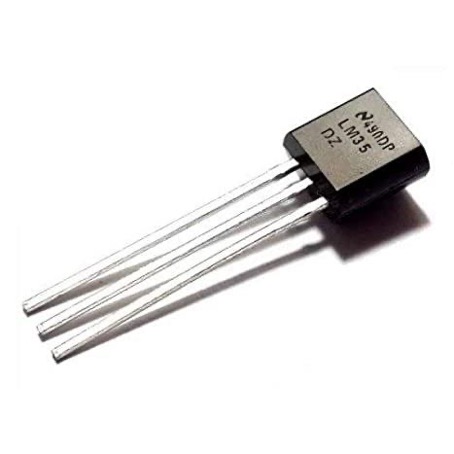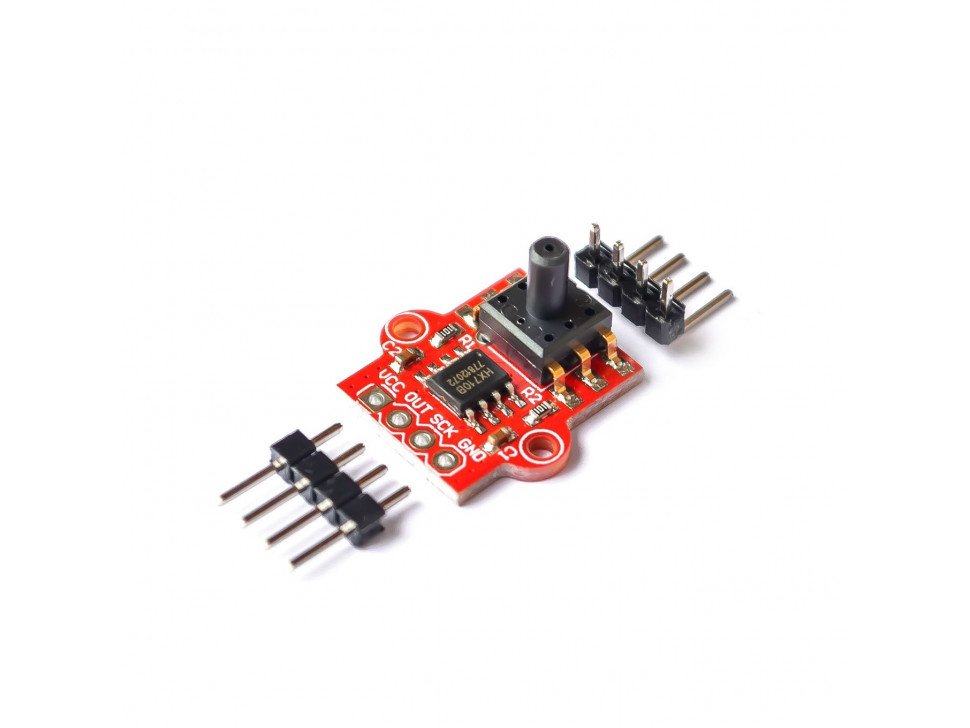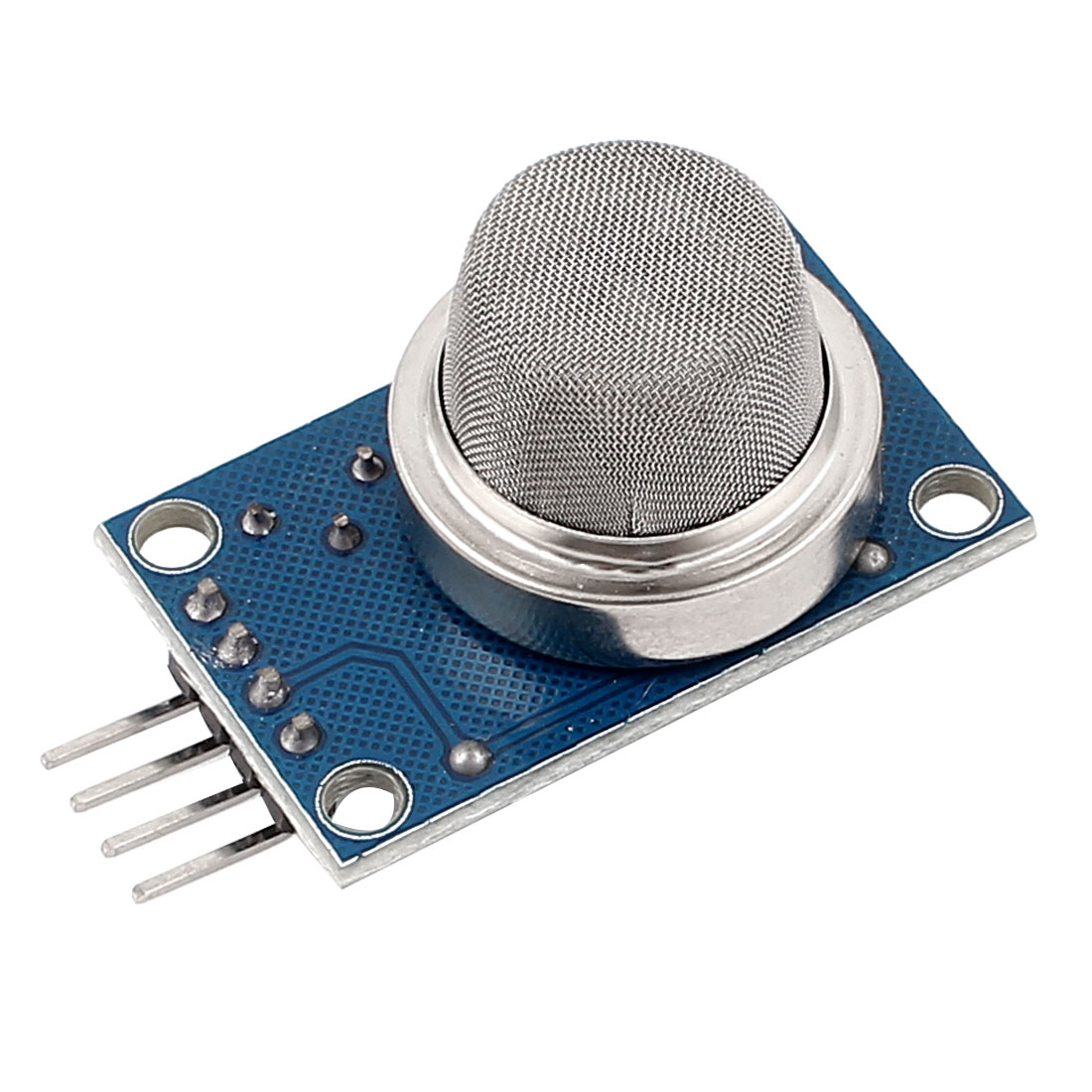Arduino boards can interface with a wide range of sensors and actuators, making it a versatile tool for creating interactive projects. Sensors are devices that detect changes in the environment and convert them into electrical signals, while actuators are devices that convert electrical signals into physical actions. Here are some examples of sensors and actuators that can be used with Arduino:
1. Light sensors: Photoresistors or photodiodes can be used to detect changes in light levels.
2. Temperature sensors: Thermistors or temperature sensors such as the DS18B20 can be used to detect changes in temperature.
3. Motion sensors: PIR sensors or ultrasonic sensors can be used to detect motion.4. Pressure sensors: Barometric sensors or force sensors can be used to detect changes in pressure.
5. Gas sensors: Gas sensors can be used to detect the presence of specific gases in the environment.6. Servo motors: These are small motors that can be used to control the movement of objects.
7. DC motors: These motors can be used to create movement in a specific direction.
8. Stepper motors: These motors can be used for precise control of movement, such as in robotic arms.
10. LCD displays: These displays can be used to display text, graphics, or sensor data.
By combining these sensors and actuators, complex projects such as home automation systems, weather stations, or even robots can be built using Arduino. There are a variety of resources available online, such as tutorials, forums, and project ideas, to help beginners get started with using sensors and actuators with Arduino.










No comments:
Post a Comment